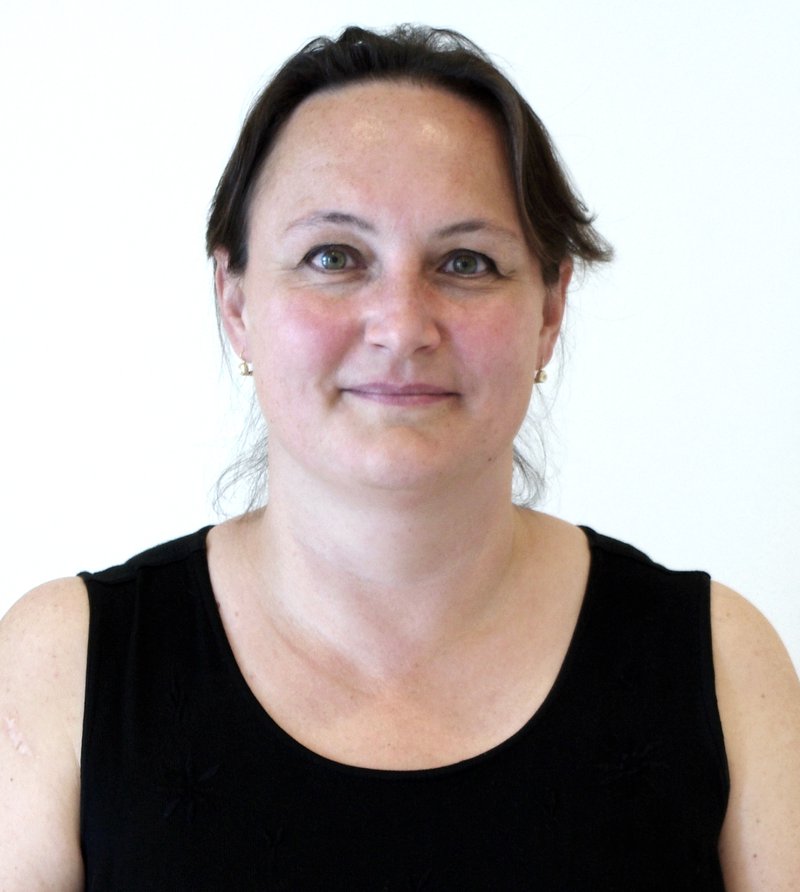Krisztina Szipocs

The annual CIMAM conference in Tokyo was first of all a unique opportunity to see Japan for the first time in my life, to experience its language and culture, to meet Japanese people and to see special characteristic of their life-style and attitude – beyond the clichés and false notions. This experience was important not only because of my personal interest, but it has also related to the main topic of the conference: global contra local (or national) values, the representation of this complicated relationship in modern and contemporary art museums.
I was more than happy to see such exhibitions, like Takashi Murakami’s ‘500 Arhats’, Yoko Ono’s ‘From My Window’ or Foijita Tsuguharu’s retrospective, which were wonderful examples of the complexity of different oeuvres in the intersection of East and West, new and traditional, global and local. The exceptional music performance produced by Hiroshi Sugimoto in Hara Museum also gave me a deeper understanding of traditional Japanese theater arts and music, in connection to a specific artistic activity. (Based on these experiences, I wrote an article on Takashi Murakami’s exhibition at Mori Art Museum, which will be published in BALKON Contemporary Art Magazine.)
Back to the topic of the conference: I felt really useful and mind-stretching to hear about different experiences and practice from various places, from Palestine to Ukraine, from Kyoto to Mexico, from Kochi to New York. The speakers – scholars, museum professionals and artists – exposed the topic from many aspects, emphasizing the importance of the local problems, traditions and audience in production, presentation and preservation of art. On the other hand, presenting local values on international level, creating a common knowledge – and this way a “global” art scene – seems to be more important than ever, in order to give a better understanding of ourselves and the “others”.
The newest developments in world politics highlight the deep problems and conflicts arising from ethnical, religious and cultural differences, which were not solved by any global movement or means yet. This way museums can be agents of social and political change: they can form not only the past, but the present and the future as well; they can form our identities, can help in promoting tolerance and also can lessen historical harms. Most of the speakers were emphasizing this old/new institutional model or function of museums, convincing me of the importance of the conscious analysis and action on my professional field, too.
On the other hand, the question of institutional autonomy seems to be maybe even more important: after 25 years of democracy the increasing dependence from the state, the strengthening central power of politics radically changes the cultural system in Hungary, and this way we have to face again the expectations and taste of state-supported, ideologically driven organizations. To hear and to talk about these problems – like institutional responsibility, ethics and independence – was a special occasion for me to find the best strategy under challenging circumstances.
Finally, I’d like to thank the Getty Foundation, Los Angeles and the CIMAM board for the generous support, which allowed me to attend the annual CIMAM conference in Tokyo.